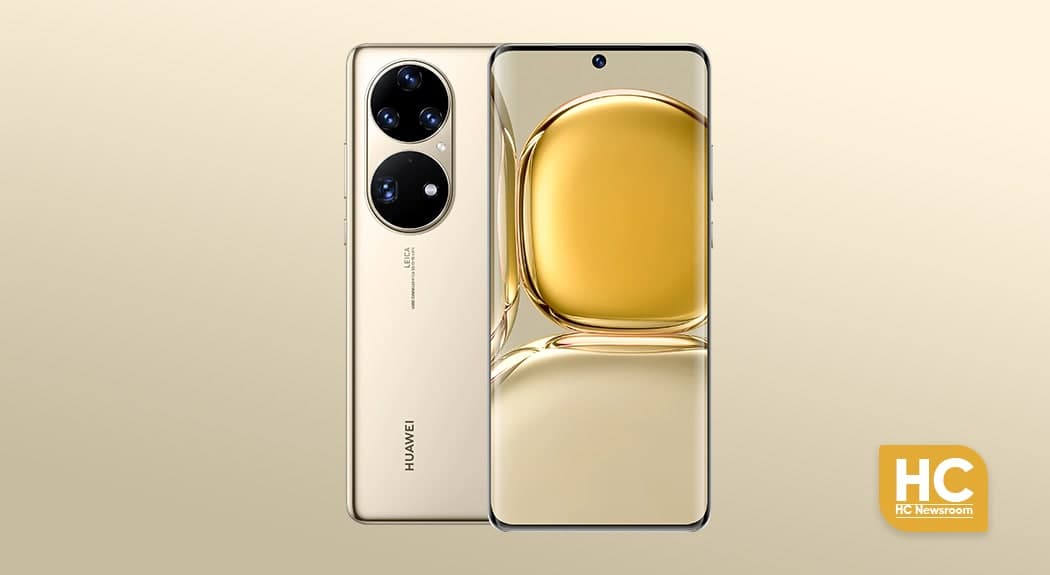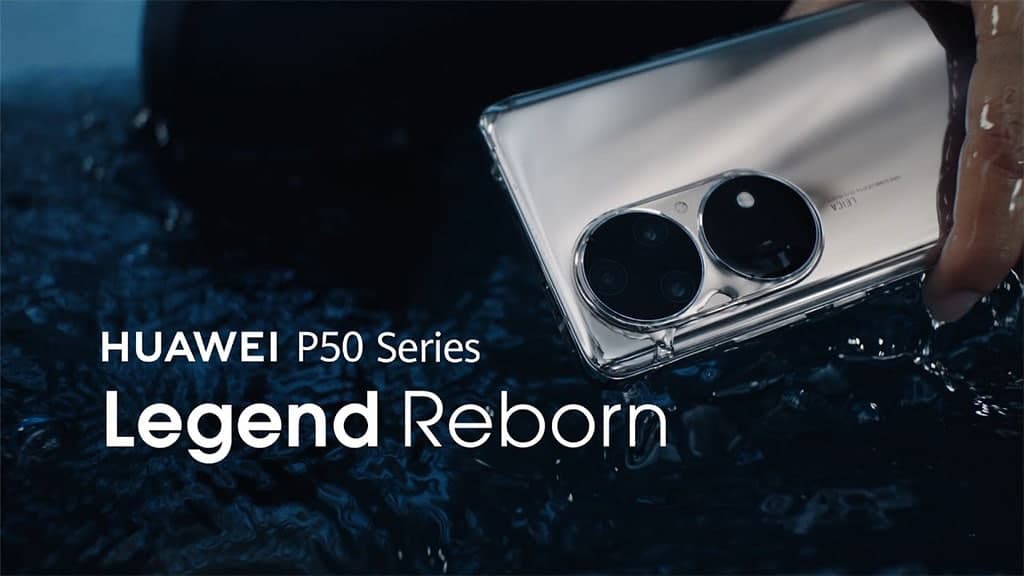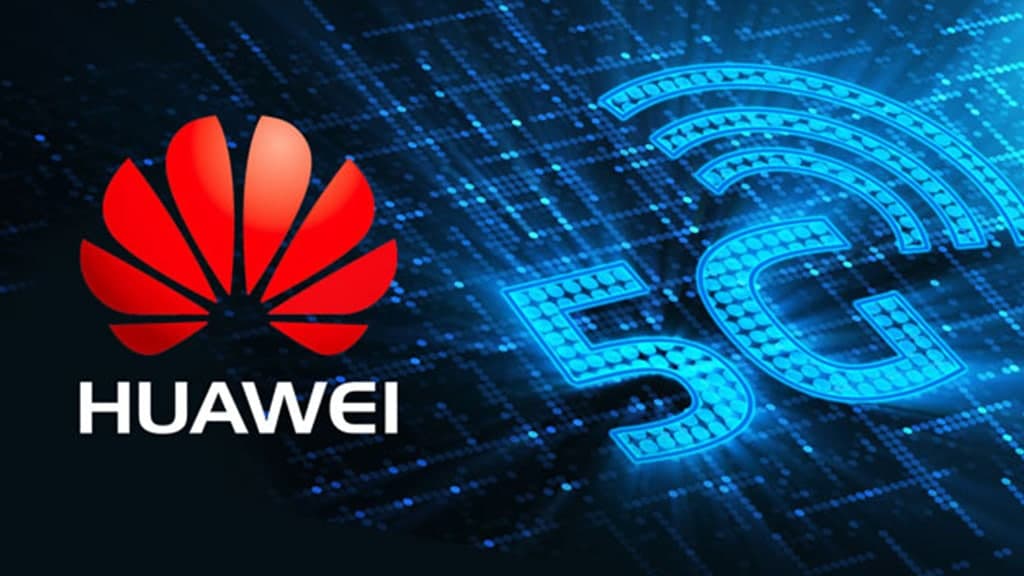Phones
Huawei P50 series uses 5G Kirin 9000 as 4G, and it could all because of missing RF components

On July 29, Huawei officially launched the P50 series without 5G support. This has been a major topic of discussion and there are different theories of why these flagships only have 4G.
Huawei’s Consumer Business CEO Yu Chengdong stated that the exclusion of 5G in its new devices is because of the four rounds of US sanctions. Therefore, the Chinese tech maker was forced to use the 5G Kirin 9000 only in 4G mode.
While he didn’t mention the actual reason, why the 5G is unavailable for the consumers. According to the info, a recent analysis by Security Times China disclosed that the actual reason for Huawei’s P50 4G could be the lack of core components including the 5G radio frequency (RF) chip.

The P50 models come in two SoC variants – Kirin 9000 and Snapdragon 888. The last year’s Mate 40 series was launched with the same Kirin 9000 with an embedded 5G modem. So, the biggest question for the consumers arises, why Huawei cannot use 5G access with the same processor.
Check the entire matter below.
The actual possible reason why 5G couldn’t make it to Huawei P50
Let’s understand in detail, the core 5G components uses radiofrequency waves. These wave devices are categorized into two different types – Surface Acoustic Wave (SAW) and Bulk Acoustic Wave (BAW).
Among them, the OEMs prefer to use BAW, which provides performance and efficient in-network data transmission.
The recent data shows that the BAW market was almost captured by the United States’ Broadcom (Broadcom, AVAGO) with 87% of the total share. While the other US semiconductor company, Qorvo has an 8% market share.

Whereas the SAW is monopolized by both United States and Japan. The 2018 SAW filter market reports show that the Japanese manufacturer Murata has nearly half of the market share and TDK has 21%.
As a result, the United States has control over the core filter in the 5G radio frequency chip. And since, Huawei is under U.S. sanctions the company cannot access RF components required to enable 5G in its latest flagship.
What Huawei got for the future if not 5G on its smartphones?
The necessity of 5G will gradually increase over time and the other OEMs will provide this service at a relatively less price. Whereas Huawei, which lacks the essential 5G components won’t be able to cope up with the market only until it developers its own components.






